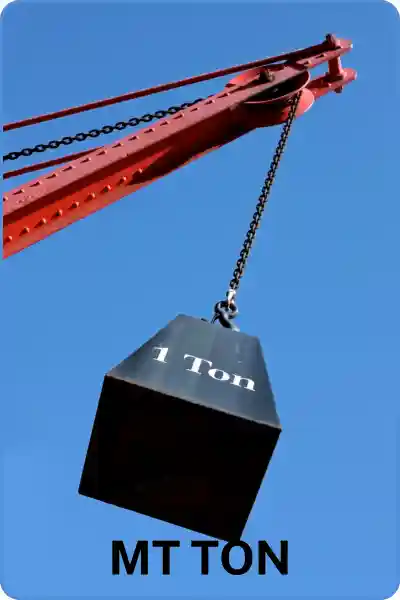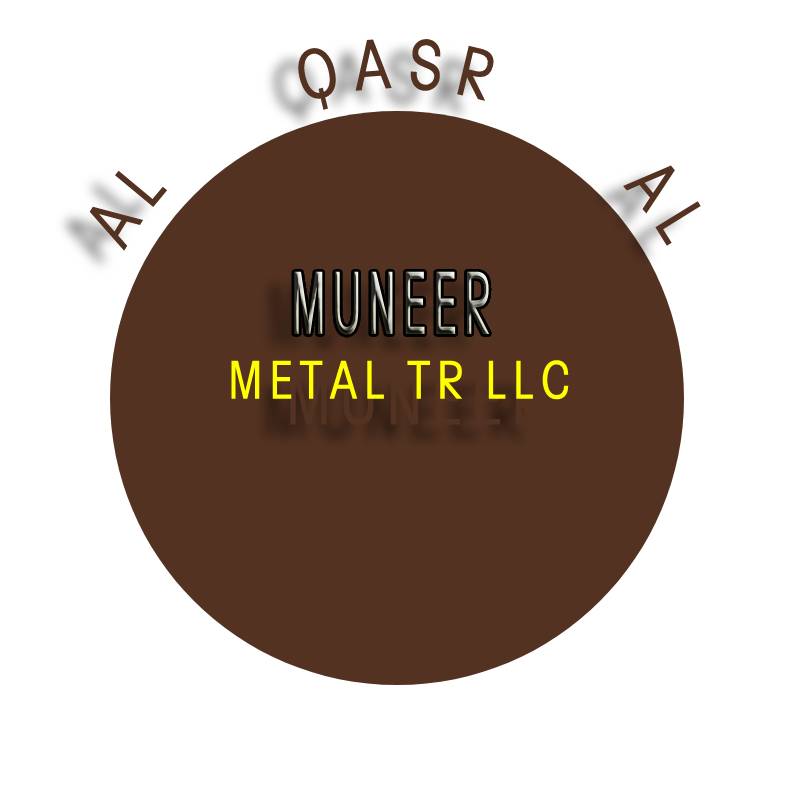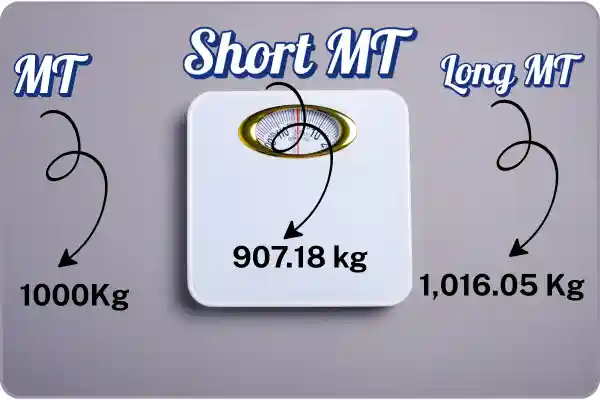Metric Ton and Ton, key differences
AQAM TON TO TON CONVERTER / محول الطن إلى الطن
- 1 Metric Ton = 1000 kg / 1 طن متري = 1000 كجم
- 1 Metric Ton ≈ 2204.62 lb / 1 طن متري ≈ 2204.62 رطل
- 1 Metric Ton ≈ 0.98421 Imperial Ton / 1 طن متري ≈ 0.98421 طن إمبراطوري
- 1 Metric Ton ≈ 1.10231 US Ton / 1 طن متري ≈ 1.10231 طن أمريكي
In global industries like metal scrap trading, logistics, and construction, weight measurements play a vital role in pricing, shipping, and contracts. One of the most common areas of confusion is the term “Metric ton and ton,” which can mean different things depending on the country and context.
The three most recognized units are the metric ton, the short ton, and the long ton. Although they are all called “tons,” they vary significantly in weight and usage and country so its necessary to know the difference in terminology of ton vs tonne vs metric ton for accuracy of measurement in UAE.
This article breaks down the difference between these units and explains why using the correct type of ton and metric ton is essential in international trade.
Key difference in Metric Tons vs Tons
The metric ton, also known as the tonne, is the most widely used unit of mass in global commerce. It is part of the International System of Units (SI) and is equal to 1,000 kilograms. There is a difference in metric tonne vs ton in weight, as follows
- 1 metric ton = 1,000 kilograms
- 1 metric ton = 2,204.62 pounds
- Abbreviated as: MT or simply “t”
Usage of metric tonnes to tons
Metric ton vs ton: A metric ton equals 1,000 kilograms, while a ton can refer to either a short ton (2,000 pounds) or a long ton (2,240 pounds). These units differ in weight and are used in various industries. The metric ton is used in most countries, including the United Arab Emirates, Europe, Asia, and Africa.
In industries like the metal scrap sector, prices are typically quoted per metric ton, making it the standard for international transactions. Whether you’re buying steel, aluminum, or copper scrap, the metric ton provides a clear and consistent unit for measurement.
Short ton is primarily used in the United States for industrial and commercial purposes. Long ton, also known as the imperial ton, is traditionally used in the United Kingdom, especially in naval and shipping contexts. Most other countries, including those in Europe, Asia, and the UAE, use the metric ton for trade, logistics, and industrial measurements.
Key difference in Metric ton vs short ton
The key difference in tonnes vs metric tonnes lies in their weight. A metric ton equals 1,000 kilograms or approximately 2,204.62 Lbs, while a short ton equals exactly 2,000 Lbs or about 907.18 Kg. This variation can significantly impact calculations in industries like shipping, logistics, and trade where accurate weight measurements are essential for pricing and contracts.
This unit is often referred to simply as a “ton” in American contexts, which can cause confusion in international deals. For example, if a U.S.-based seller lists a price per ton, international buyers must confirm whether that means a short ton or a metric ton, as the difference can lead to miscalculations in weight and pricing.
Key difference between metric ton vs long ton
A long ton equals 2,240 pounds or approximately 1,016.05 kilograms, making it slightly heavier than the metric ton. It was traditionally used in specific sectors like shipping and naval calculations. While similar, its greater weight can impact precision in contracts and bulk material pricing.
Although the UK now uses the metric system for most purposes, the long ton is still used in specific sectors like shipping, naval architecture, and in certain international freight contracts.
Comparison of All Three metric ton and ton
| Type of Tonne and metric tonne | Kilograms | Pounds | Common Usage |
|---|---|---|---|
| Metric Ton | 1,000 kg | 2,204.62 lbs | International trade, UAE, Europe |
| Short Ton | 907.18 kg | 2,000 lbs | United States |
| Long Ton | 1,016.05 kg | 2,240 lbs | UK (historical), Shipping |
Why the Difference Matters in metric ton and ton
In industries like scrap metal trading, bulk logistics, or materials handling, using the wrong type of ton can lead to serious financial discrepancies. For instance, a contract based on short tons when the buyer expects metric tons could result in a 10% weight error—affecting cost, delivery, and tax calculations.
Moreover, pricing confusion may arise. If scrap metal is priced at AED 800 per ton, the actual value changes depending on whether the reference is to a short ton, long ton, or metric ton.

Best Practices in Using Metric ton and ton
- Always confirm which type of ton is being referenced in contracts, invoices, and shipping documents.
- For global transactions, especially in the UAE and across Europe and Asia, the metric ton (MT) should be used as the standard.
- Use reliable converters or online calculators when converting between tons and kilograms or pounds to ensure accuracy.
Conclusion
While “ton” is a common unit of measurement, it can represent three different weights: the metric ton, the short ton, and the long ton. Knowing the difference and specifying the correct unit in all commercial and shipping communications is essential to avoid costly misunderstandings.
In global trade, the comparison of metric tonnes vs tonnes highlights the need for clarity. Adopting the metric ton as the standard ensures consistency and accurate transactions across international markets.

